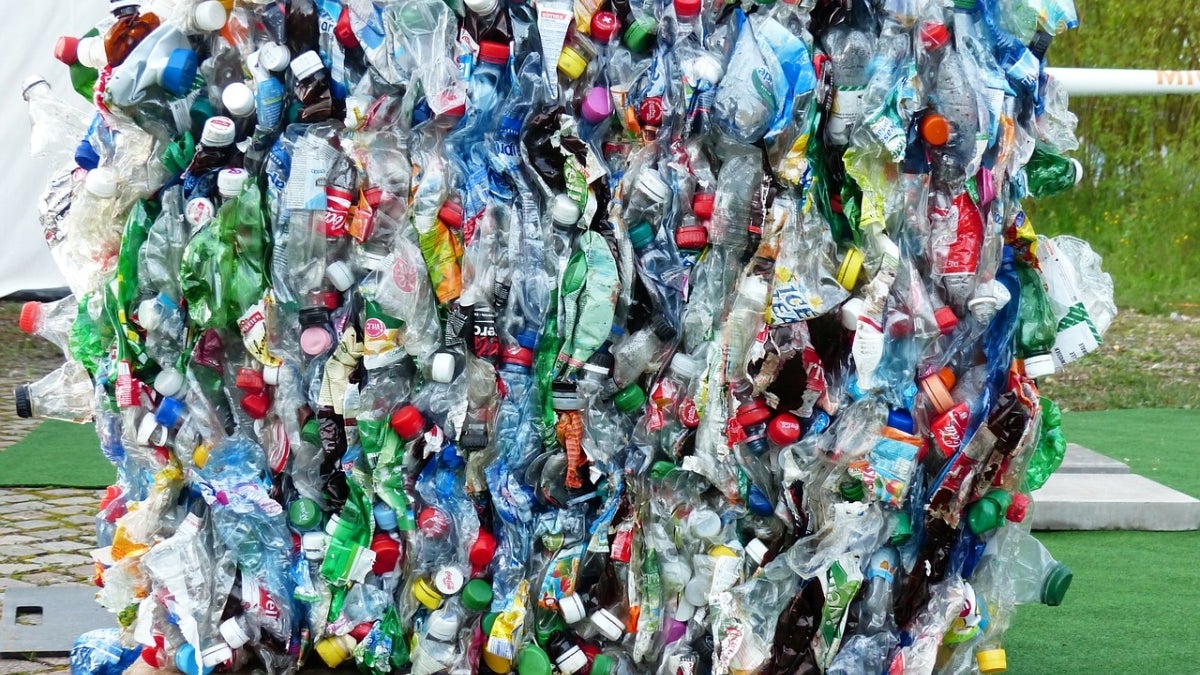An Arizona State University faculty member in the School of Sustainability now is the leader of the top climate research providers in the world.
Bruno Sarda, an established leader in sustainability, was recently named president of CDP North America, an international nonprofit that drives companies and governments to reduce their greenhouse gas emissions, safeguard water resources and protect forests.
Sarda has been named one of the "most influential sustainability voices in America" by the Guardian and also was chosen by Environmental Leader as one of the top 50 sustainability leaders in the U.S. for 2017.
Working with institutional investors with assets of $96 trillion, CDP leverages investor and buyer power to motivate companies to disclose and manage their environmental impacts. More than 7,000 companies with more than 50% of global market capitalization disclosed environmental data through CDP in 2018.
“For the last 20 years or so we’ve been at the forefront of really inventing and scaling disclosure to make issues visible that will allow the shifting of capital to more sustainable solutions and outcomes,” Sarda told ASU Now. “Any of these topics we talk about, we can’t really talk about them intelligently if we don’t have enough visibility into not just the problem, but all of these underlying aspects of the problem, like where’s the material going? Where’s it coming from? Who uses it?”
Sarda discussed how he defines sustainability, the biggest issues facing the field, and the bad news proliferating about plastic recycling.
Question: Please define sustainability.
Answer: Acting today in ways that don’t limit our ability to act in the future. … It’s meeting the needs of present generations without restricting the opportunity for future generations to meet their own needs. At a broad level that’s how I think about it.
Q: What are two or three of the biggest issues facing sustainability now?
A: Our focus, now that I’m at CDP, (is) we picked three particular areas of the intersection of environment and economy that we believe are truly pivotal: climate change in general as well as water security and deforestation. Clearly there is much more that fits under the umbrella of sustainability, sometimes also referred to as the letters E, S, and G: environmental, social and governance. There’s plenty that fits under each of those letters.
Q: Recycling seems to be hitting a bottleneck. You read stories in the New York Times and elsewhere that it’s getting turned away from China, cities are starting to dump it in landfills. Any idea how that can be turned around?
A: One of the things I focused on a lot in my career both as a corporate sustainability professional and certainly in my teaching at ASU, and even now heading up CDP for North America, is really trying to focus on what are the things that it makes sense to do economically? We as a species and as human decision agents tend to do better that way. We make the point that acting to address climate change or water security or deforestation actually makes a lot of economic sense. It’s a much better decision to do that than to not do that. Recycling is kind of the same.
When I was working at Dell years ago and we were dealing with e-waste issues, the point was not about can you make something that is recyclable, but what’s important is whether that thing will actually get recycled. You have to look at the whole system. In our case, we were working with recyclers to figure out if we make something that’s recyclable, but it’s going to take an hour’s worth of somebody’s time to disassemble the product and (if) the value of the commodities that they can pull out of that old laptop are not worth what it took to pay that person’s hour of time to do the work, then the economics don’t make sense.
I think that’s what we’re seeing in recycling today — some commodities like metals make a lot of sense, so those recycling flows work well. Plastic, there is frankly still a lot of work to be done. By the time you’ve collected it, sorted it, shredded it and repurposed it into something else, it’s still mostly cheaper … to just go to some virgin material like petroleum. … You have to make the problem visible and feed it with actionable data and insights drawn from that data so ultimately what matters is the actions taken.
Top image: Hans Braxmeier, courtesy of Pixabay
More Health and medicine

ASU teams up with Maricopa County to address local life expectancy gap
Arizona State University’s College of Health Solutions is partnering with the Maricopa County Board of Supervisors to address a 14-year life expectancy gap between residents of north Scottsdale and…

ASU professor named Rural Health Fellow
If you live in a major city, chances are you don’t spend much time thinking about what happens in smaller towns and rural areas. But Aaron Guest, an assistant professor at Arizona State…

The rise of NoLo: Many young people opting to reduce alcohol consumption
This month, the U.S. surgeon general released a new advisory on the link between alcohol and cancer risk.The advisory includes a series of recommendations to increase awareness of the link, including…
